High Entropy Atomic layer of transition Metal Carbide (MXenes)
I. Overview of the article.
High entropy materials (HEMs) have great potential for energy storage and conversion because of their different compositions and unexpected physical and chemical properties. However, high-entropy atomic layers with fully exposed active sites are difficult to synthesize because their phases can be easily separated. The results show that the transition metal carbide (the high entropy atomic layer of HE-MXE) can be produced by selective etching of a new high entropy MAX (also known as Mn+1AXn), where M represents the early transition metal element, An is the element mainly from group 13-16, and X represents C and / or N) phase (HE-MAX) (Ti1/5V1/5Zr1/5Nb1/5Ta1/5) 2AlC. Among them, five transition metals are uniformly dispersed in a MX plate because of their solid solution properties, and stable transition metal carbides are produced in the atomic layer due to high molar configuration entropy and corresponding low Gibbs free energy. In addition, the resulting high entropy MXene has obvious lattice distortion, which leads to high mechanical strain entering the atomic layer. In addition, the mechanical strain can effectively guide the nucleation and uniform growth of non-dendritic lithium on HEMXene, achieving a long cycle stability of 1200 h, and a good deep stripping plating level up to 20mAhcm-2.
II. guided reading of picture and text.
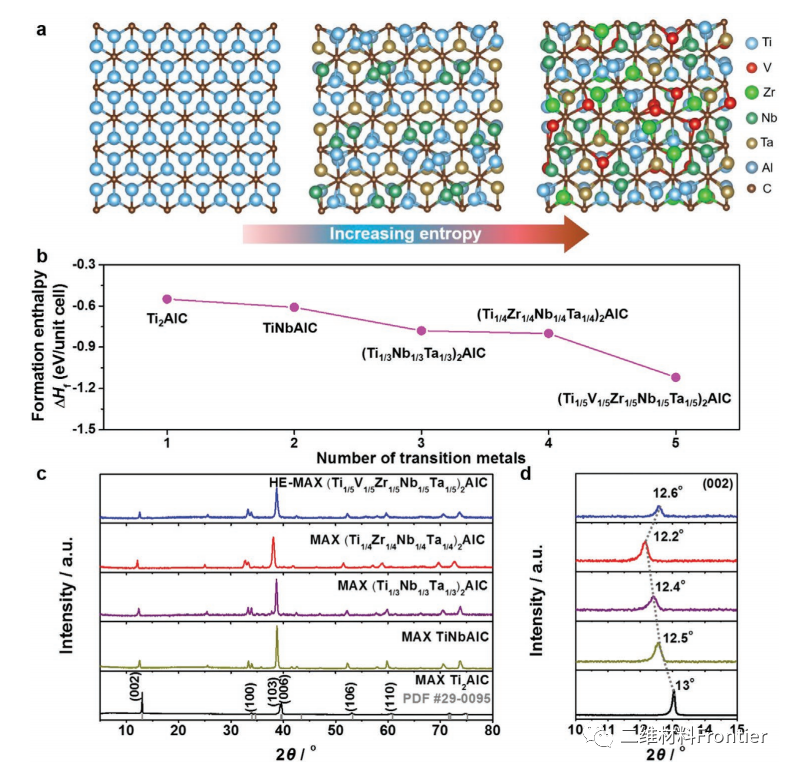
Figure 1. Theoretical and experimental characterization of high entropy MAX phase (HE-MAX).
A) the lattice distortion diagram of the maximum X phase with the increase of entropy. B) DFT has calculated the enthalpy of formation of five MAX phases of Ti, V, Zr, Nb and Ta. The enthalpy of formation decreases significantly with the increase of the number of transition metals in MAX phase. C) XRD mode and d) enlarge the view of XRD mode of MAX phase with Ti, V, Zr, Nb and Ta, showing the significant shift of characteristic diffraction peak and (002) peak of MAX phase.
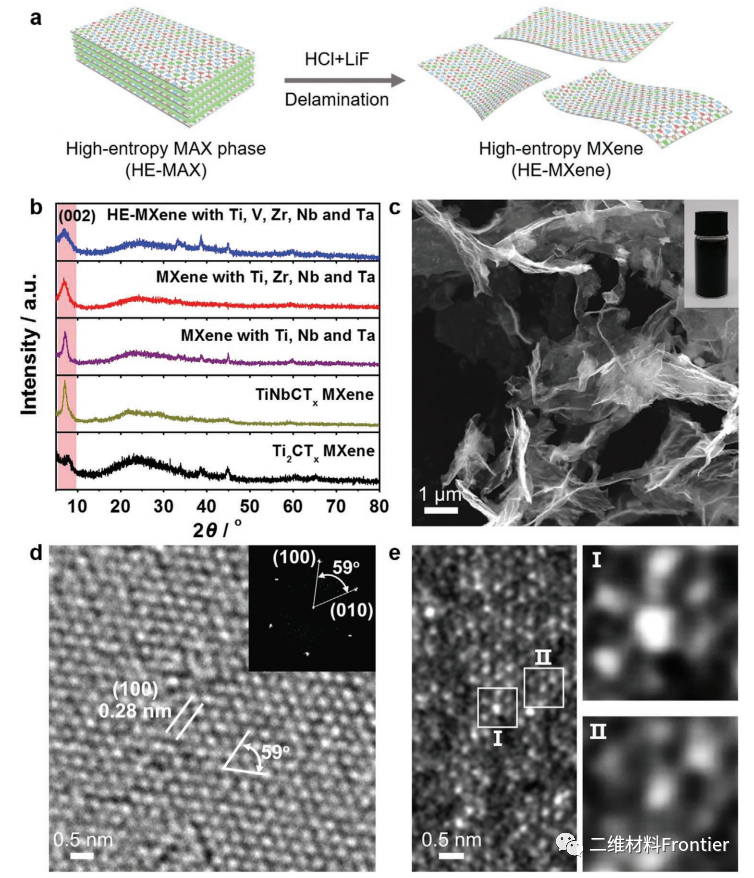
Figure 2. Morphological and structural characteristics of high entropy MXene.
A) A schematic diagram of preparing HE-MXene with HE-MAX (Hi1/5V1/5Zr1/51/5Nb1/5Ta1/5) 2AlC. B) the XRD pattern of MXenes with Ti, V, Zr, Nb and Ta species showed a characteristic (002) peak. C) SEM,d) HRTEM and FFT images inserted into the corresponding HE-MXene atomic layer show ultra-thin and single crystal characteristics. C) the illustration in shows a picture of the HE-mxene atomic layer dispersed in water at a concentration of 1mgmL-1. E) the atomic resolution HAADF image and the enlarged view of HE-MXene region I and II show that some atoms with different luminance intensity are arranged in a distorted hexagonal structure.
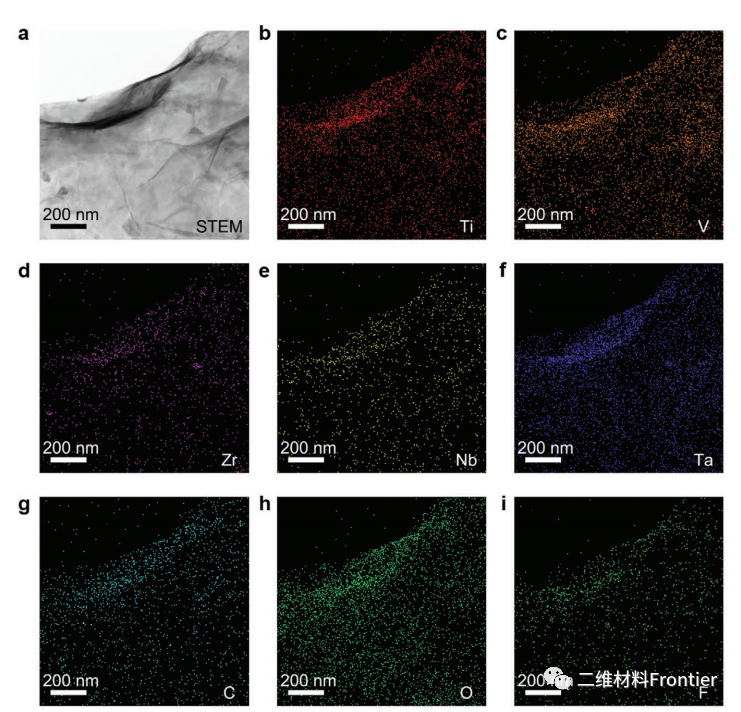

Figure 3. Composition characterization of high entropy MXene of (Ti1/5V1/5Zr1/5Nb1/5Ta1/5) 2AlC.
A) STEM and Bmuri) HE-MXene corresponding element mapping images to prove the coexistence and uniform distribution of Ti (b), V (c), Zr (d), Nb (e), Ta (f), C (f), C (g), O (h) and F (I) species. J) the EDS spectrum of the corresponding HE-MXene shows that the content of transition metal elements is 5-35%.
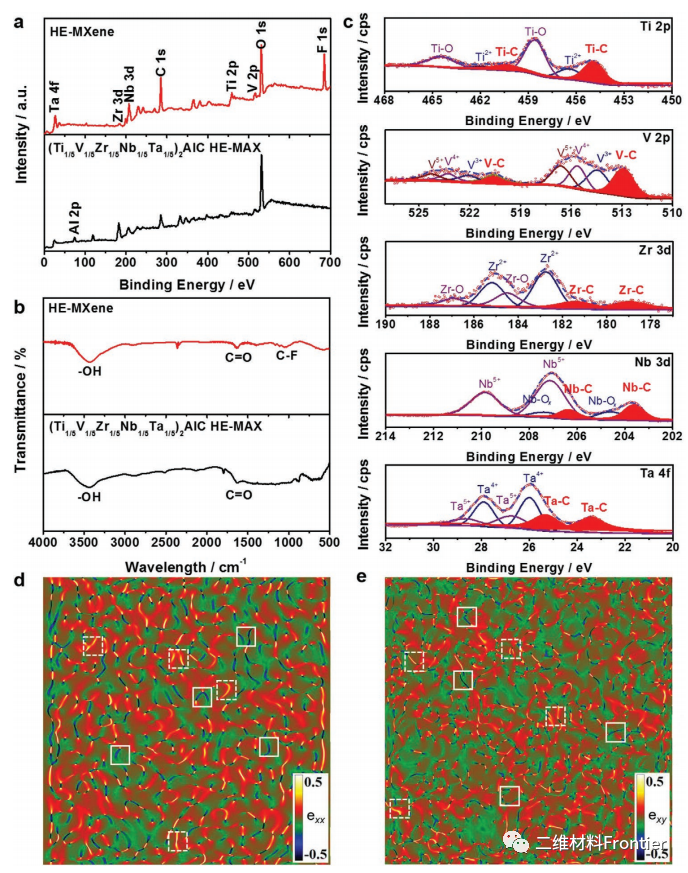
Figure 4. (Ti1/5V1/5Zr1/5Nb1/5Ta1/5) structure and strain analysis of high entropy MXene of 2AlC.
A) the spectra measured by XPS and b) the FTIR spectra of HE-MAX (Ti1/5V1/5Zr1/5Nb1/5Ta1/5) 2AlC and corresponding HE-MXene showed that the Al species of HE-MXene was removed successfully. C) the high resolution Ti2p, V2p, 3XPS, Zr3d, Nb3d and Ta4fXPS spectra of HE-MXene reveal the existence of Ti-C, Vmurc, Zr-C, Nb-C and Ta-C bonds, respectively. D), e) the strain distributions of exx (d) and exy (e) of HE-MXene show strong strain, where green to dark blue indicates compressive strain, and red to bright yellow indicates tensile strain in the data strip.
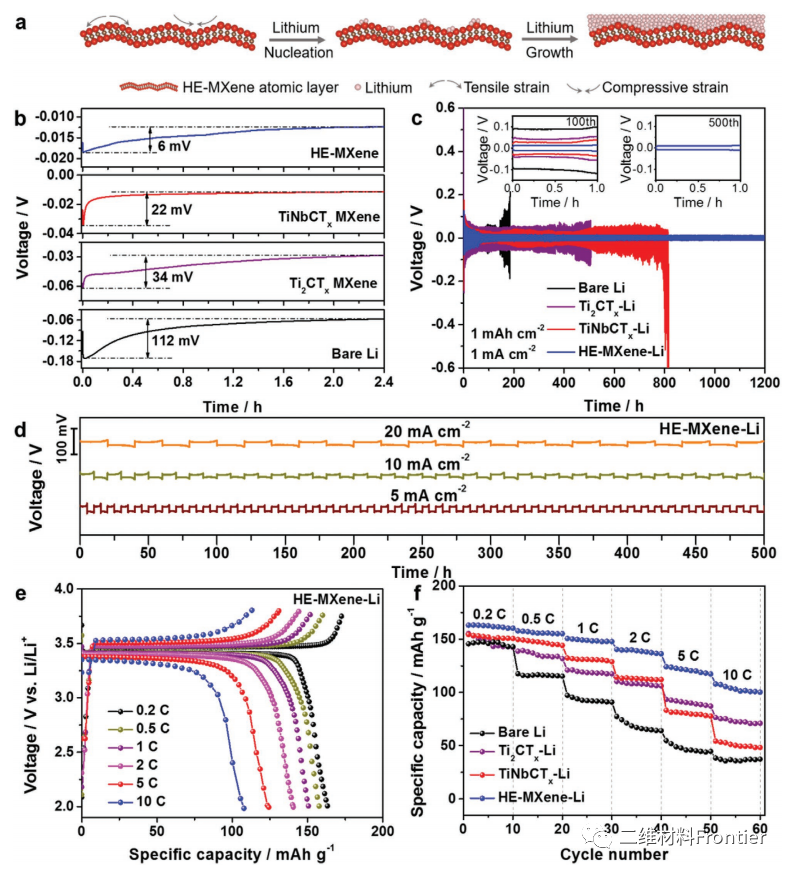
Figure 5. Electrochemical properties of high entropy molecular alkenes in symmetrical and whole cells.
A) A schematic diagram of the nucleation and growth behavior of lithium under strain guidance on the HE-MXene atomic layer. B) under 0.05mAcm-2, the nucleation overpotential on the voltage spectrum of lithium plating on HE-MXene is 6mV, which is much lower than that of TiNbCTx (22mV), Ti2CTx (34mV) and naked Li (112mV). C) the vanadium electrostatic cycling performance of symmetrical cells with HE-MXene-Li, TiNbTx-Li, Ti2CTx-Li and 1.0mAcm-2, 1.0mAhcm-2 shows that the cycle life is as long as 1200 hours, and the low overpotential of HE-MXene-Li is 9mV. D) Electrostatic cycle of vanadium at different depths of stripping and plating capacity 5, 10 and 20mAcm-2 under 1.0mAcm-2. E) charge-discharge spectrum, and f) the rate ability of HE-MXene-Li/LFP whole cells between 0.2C and 10C.
III. Summary of the full text.
High entropy transition metal crystal atomic layers were successfully prepared by selective etching of new HE-MAX (Ti1/5V1/5Zr1/5Nb1/5Ta1/5) 2AlC, in which five transition metals uniformly form a MX plate through their solid solution properties.Because of its high molar configuration entropy and low Gibbs free energy, five size-compatible and non-injectable transition metal elements make the MXene atomic layer highly stable. The resulting high entropy MXene atomic layer has obvious lattice distortion, resulting in higher mechanical strain. This mechanical strain can effectively guide the nucleation and uniform growth behavior of lithium, so that there is no dendritic lithium on the HE-MXene layer. Therefore, a kind of non-dendritic lithium anode with cycle stability up to 1200 h and deep stripping plating level up to 20mAmcm-2 has been realized. This work paves an attractive way to synthesize transition metal carbides by selective etching of high entropy MAX atomic layers. Making use of the diversified composition of high entropy MAX phase, a series of thin HEMs on atoms will be designed reasonably, which greatly expands the family of two-dimensional materials. It reveals a new type of atomic thin thermal materials with unique physical and chemical characteristics, which has a bright future in the fields of catalysis, energy storage, electromagnetic shielding and superconductivity.
This information is from the Internet for academic exchange only. if there is any infringement, please contact us to delete it immediately.
+86-18915413828(WhatsApp&WeChat)
Previous: Review of Zhai Guangxi


